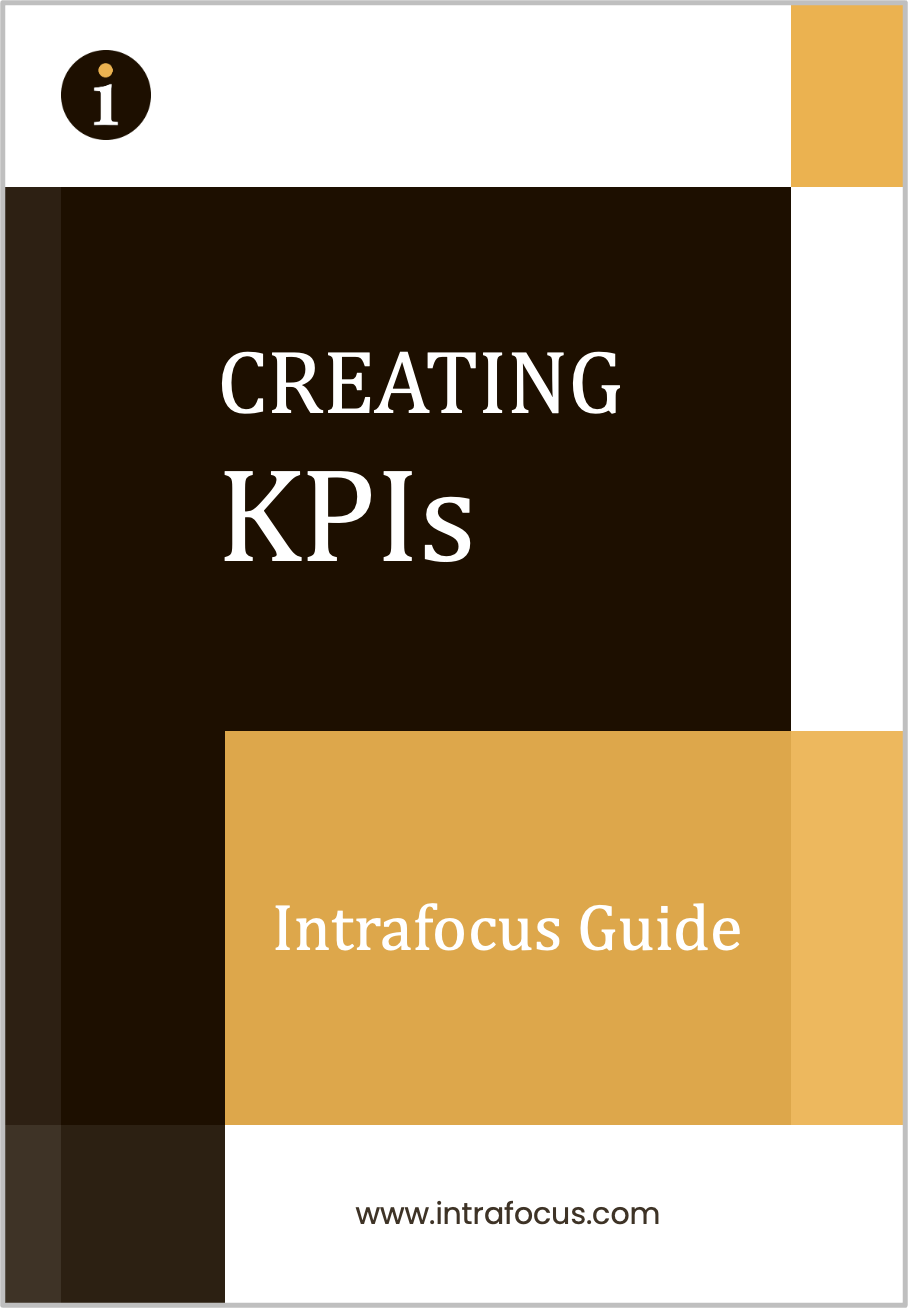One of the most difficult aspects of implementing a Balanced Scorecard is the communication of its value to the entire organisation. Cascading strategy maps is a vital part of the process. This is where the Strategy Map really comes into its own. We all want to start with measures, these are the tangible things in our business, if we can measure it, it is real, if we can improve the measure, we can improve the business. A good hypothesis, unfortunately starting with measures is absolutely the wrong thing to do. The measures and therefore the scorecard should be the last thing a management team focuses on. Key to a successful Balanced Scorecard implementation is setting out a business strategy that identifies where the business wants to go and therefore what needs to be changed and improved. This is not something that sits with the company executive alone.
This point is often missed by companies embarking on a Balanced Scorecard approach. It is obvious that the company strategy is developed by the executive team. The use of a Strategy Map to communicate the company strategy is a very powerful tool, however, it does not stop there. For all levels of management to buy-in to the strategy, further relevant lower-level Strategy Maps have to be developed. It is clear that the lower-level Strategy Maps have to contribute to the company strategy but it is equally clear that if contributing divisions/departments within a company are engaged in the strategic process, then the company is much more likely to succeed.
Once the strategy has been developed and documented, the job of creating meaningful measures can take place. This too can be undertaken by all levels of management. From a ‘purist’ Kaplan/Norton standpoint, the development of a Strategy Map should be completed before any measures are created, in practice this never seems to be the case. This is okay, we must recognise that businesses are restricted by legacy systems and pressures and that the creative human mind will always find a way to work on multiple tasks in parallel.
Simply recognising the challenge to create the strategy and then think about measures should be discipline enough! For more on strategy mapping we thoroughly recommend you read Strategy Mapping for Learning Organisations by Phil Jones – in the forward written by David P. Norton its says: “This book is a ‘drivers manual’ for anyone who is implementing a Balanced Scorecard performance management system.”


